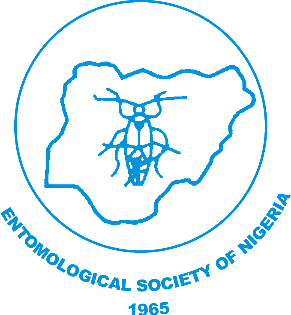Restriction And Frequency Of Man/tsetse Contact In A Forest Area of Edo State, Nigeria; Observation On Their Epidemiological Implications
DOI:36108/NJE/0002/71.0150
ANAVBE, A.O
ABSTRACT: Observations were made on the factors that influenced the restriction and frequency of man/tsetse contact in a forest area of Edo State, Nigeria to determine their epidemiological implications. Glossina p. palpalis R-D was observed and was diurnally active in all the locations sampled. Contact between man and tsetse can occurs in each of the numerous overlapping locations which characterise the study. area. Of 1086 tsetse flies examined for infection. 7% were carrying trypanosomes of the vivax group. Therefore it is not possible to distinguish areas of high risk based only on vegetation. but it is possible to put them in order of frequency of man/tsetse contact. The forest edge. all water points, Camp settlements, footpath and piggery represent very favoured locations for contact and are of particular epidemiological importance. Other locations of epidemiological importance are Cocoyam and Cassava farms and Rubber plantations. Thus tsetse control in this area cannot be restricted only to the riverine forest but these factors must be considered in order to effectively reduce man/fly to the barest minimum.
